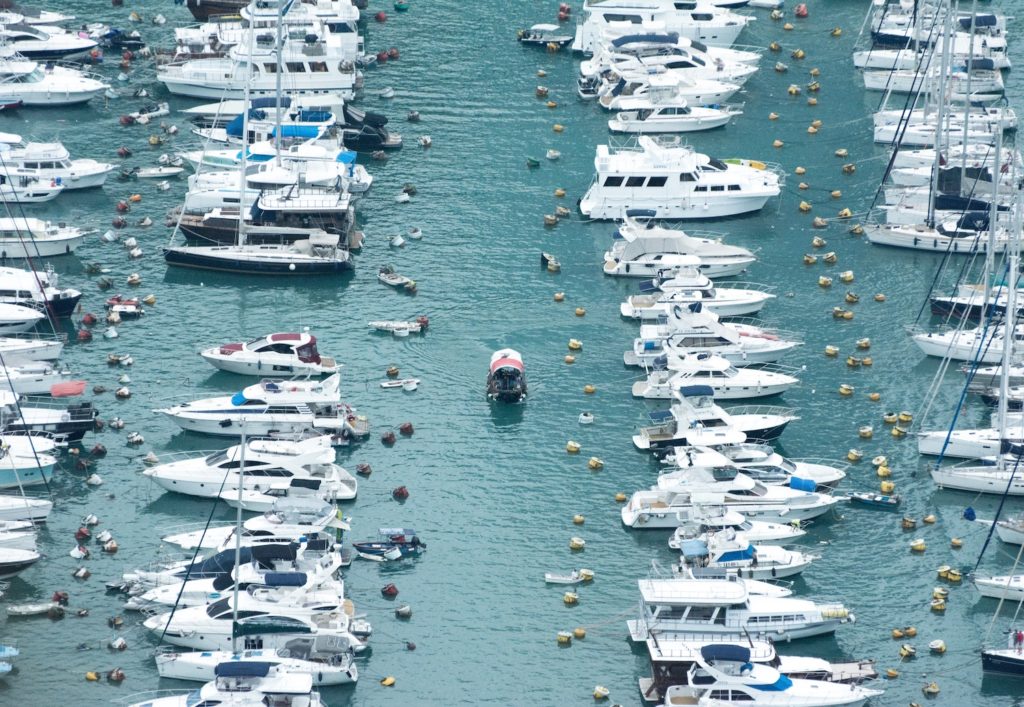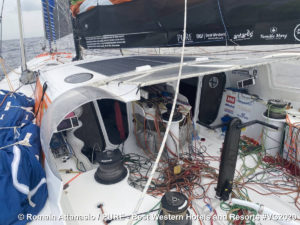YDSA says MCA adopts equivalence proposal for 1m guard rail

According to YDSA – Yacht Designers and Surveyors Association – the Maritime and Coastguard Agency has notified all certifying authorities for small commercial vessels to accept ISO 15085 in lieu of the 1m guard rail height requirement for motor vessels (in specific circumstances and upon application with supporting evidence).
“This has been an issue for small commercial vessel owners for some time, where there has been a disparity between what can be legally sold as a recreational vessel but where the same vessel cannot be put into commercial use without modification,” says Bas Edmonds, chief executive, YDSA. “The YDSA recognises that there are different expectations when it comes to passenger safety limits and believe that the ISO standard clearly provides a safe standard for persons onboard both recreational and commercial vessels.”
YDSA says it has successfully demonstrated that the ISO 15085 standard, which covers man-overboard prevention and recovery for small craft, when applied through the recreational craft directive (RCD), is of an equivalent standard of safety to motor vessels having a guard rail height of 1m.
ISO 15085 covers a wide range of safety elements that a boat manufacturer has to comply with, which includes guard rail heights, the combination of which, when applied to a vessel, creates a level of safety that is sufficient to ensure the safety on board vessels under the RCD. It is this overarching principle that ensures the essential safety requirements of the relevant regulations are met and, in some cases, exceeded by compliance with ISO 15085.
“The application for an equivalence from the requirements from the regulations has been built into the statutory instruments since 1998, but hasn’t been overly utilised by certifying authorities,” says Edmonds. “The equivalence process is important as it flags to the MCA what potential changes may be needed to the commercial regulations to ensure alignment with vessel design and construction standards across both the recreational and commercial sectors. The team responsible at the MCA for responding to these applications have been very helpful in supporting our vessels through the equivalence process and we will continue to put forward applications to ease the process of coding small commercial vessels.”
Find out more about coding, operating safely and commercially, online.










